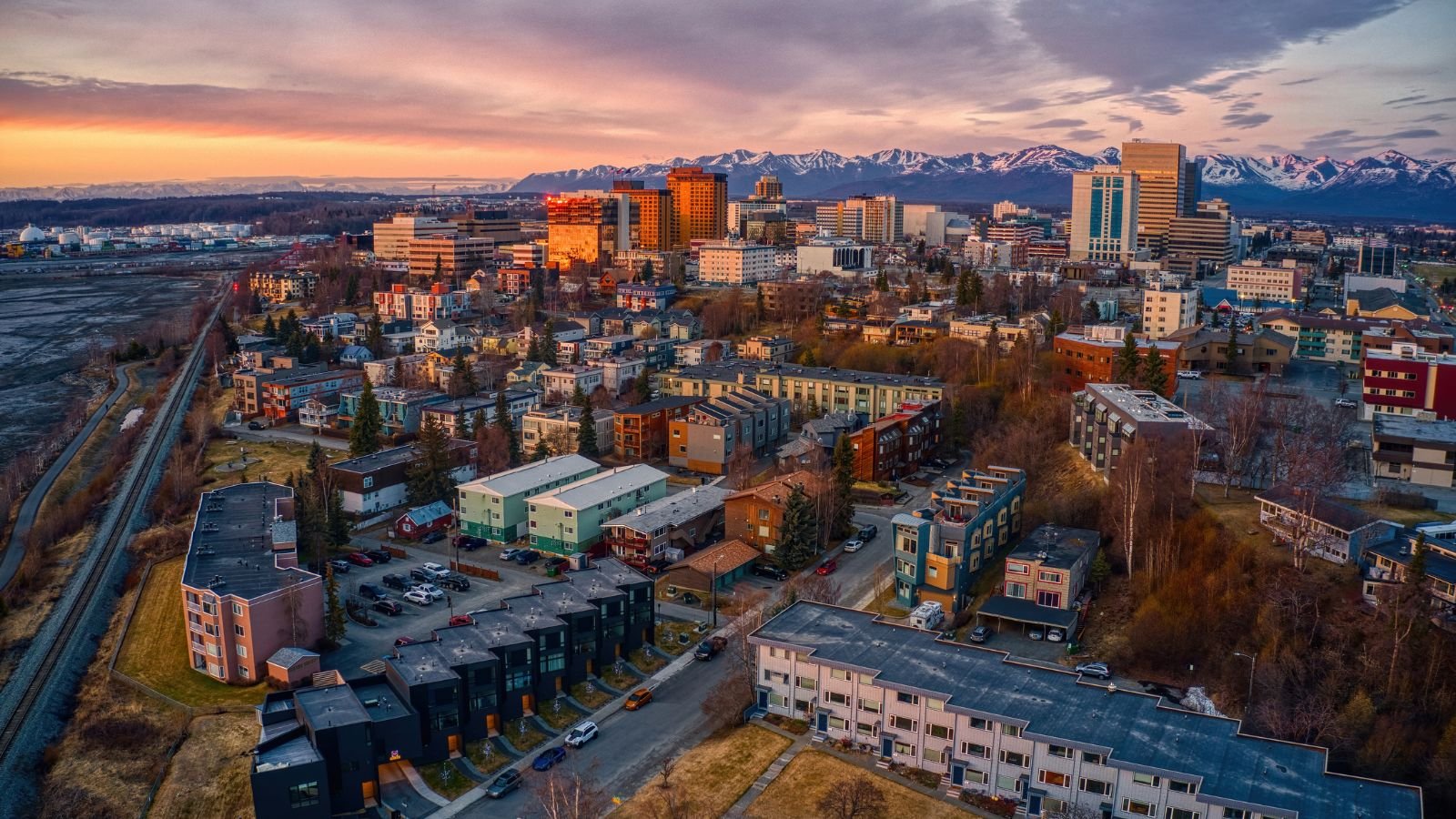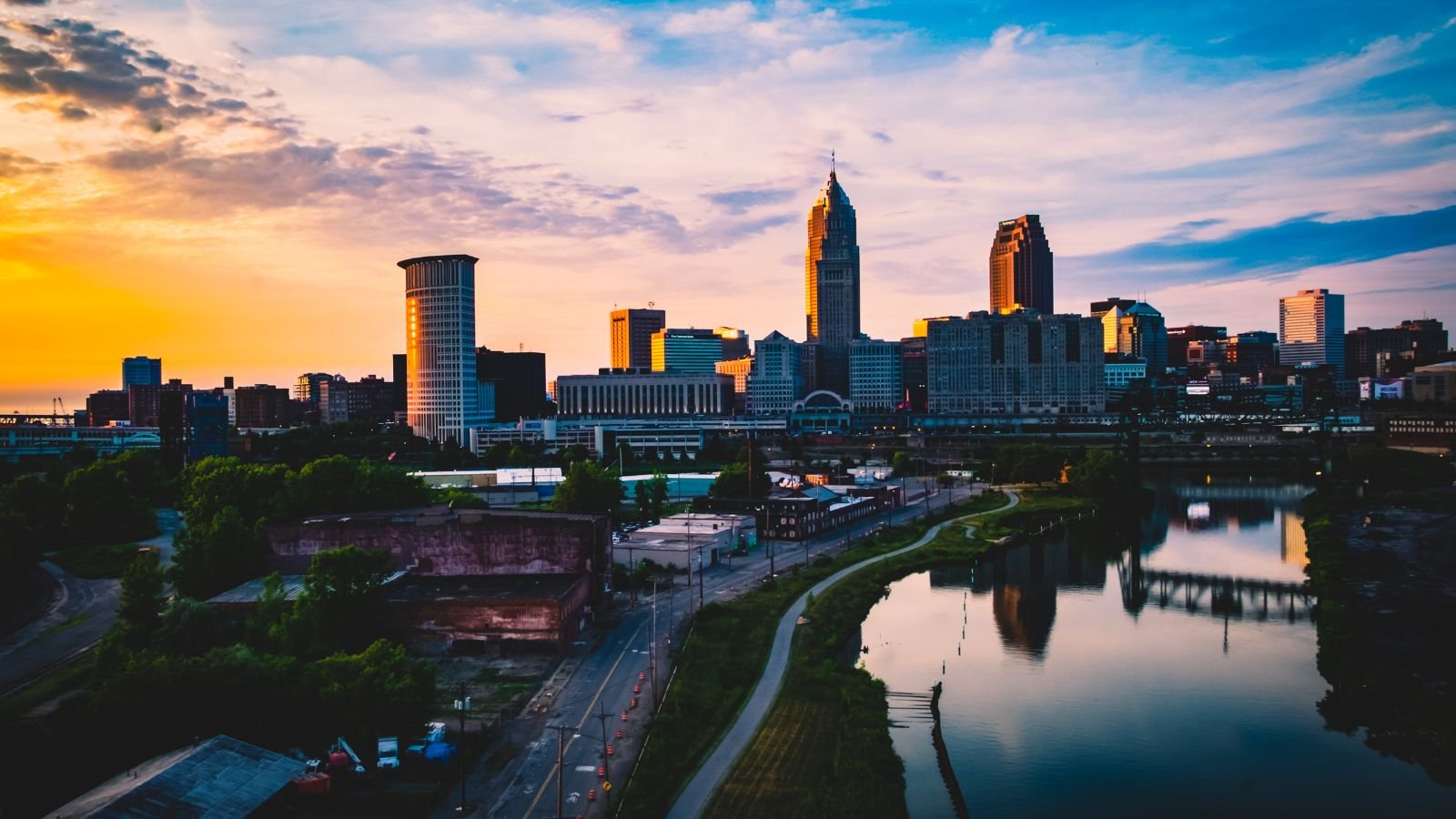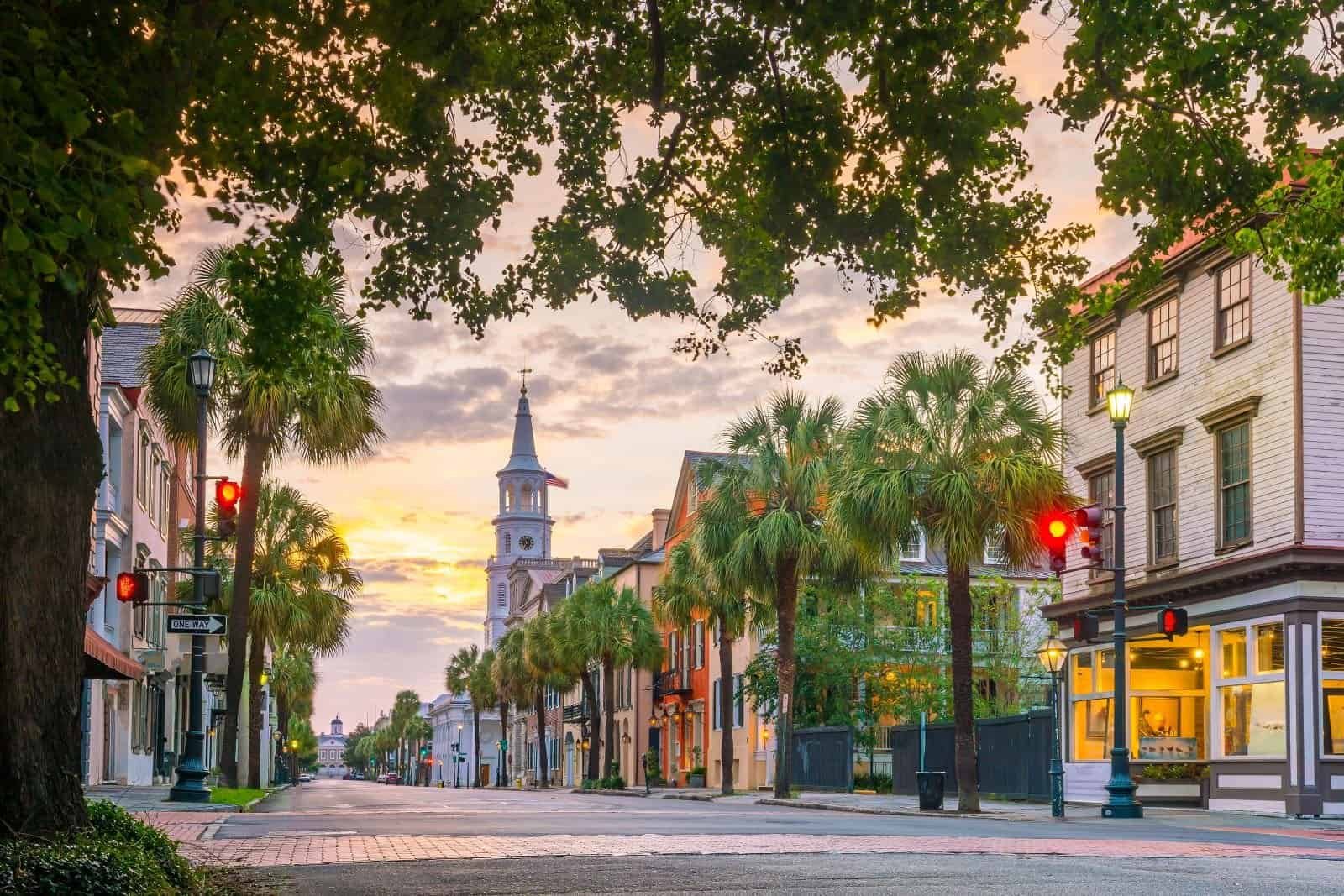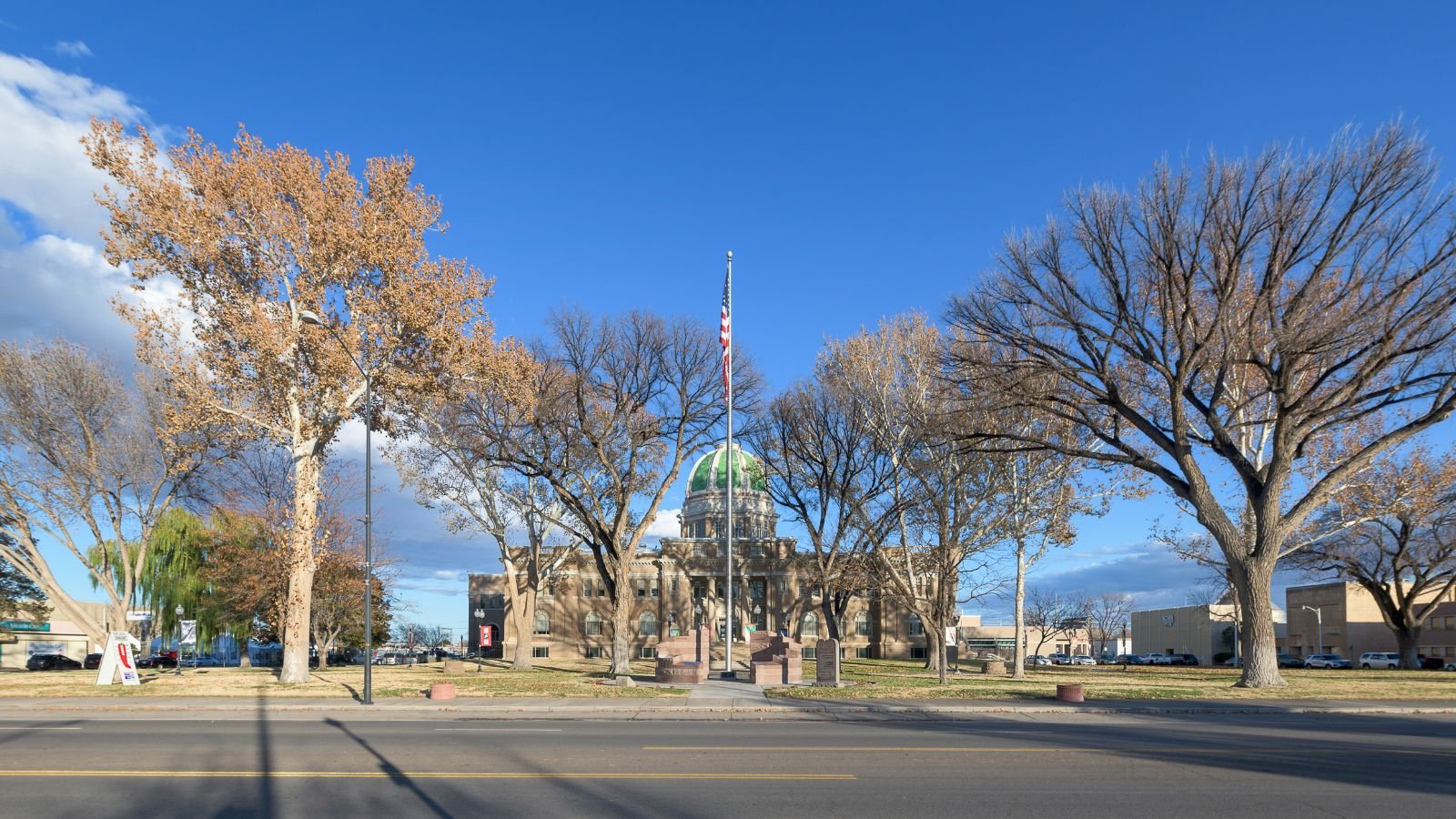Since the pandemic, the U.S. labor market has experienced several fluctuations. Economic instability, inflation, and shifting work expectations have caused significant changes in recent years. However, the situation is gradually improving, with the unemployment rate decreasing to 3.9%, much lower than during the pandemic. Despite this positive trend, many employers still struggle to hire in certain states.
The rankings are based on a WalletHub study.
Alaska

In Alaska, one in five state jobs is vacant as agencies struggle to hire and retain employees. Geographical isolation, the high cost of living, and harsh climates deter many workers from staying in the state. Despite the thousands of unfilled positions across various industries, companies face difficulty retaining talents, as employees often leave to get high wages and better living conditions in other states.
Montana

Employers in Montana are facing hiring challenges due to the state’s low population and shrinking labor force.
Despite a low unemployment rate of 3 percent and thousands of open positions, employers struggle to find skilled workers to fill the positions because there are fewer job seekers. Many people are moving to urban areas for better lifestyles, high wages, and more amenities. Additionally, the state’s rural nature makes it challenging to attract the right talent for the work.
South Carolina

According to the Labor Statistics Report, South Carolina had 169,000 job openings in March 2024. The state has vacant positions across various industries, including manufacturing, healthcare, and hospitality. Despite the increase in job openings, employers struggle to attract and retain workers. The primary reasons are wage disparity and a lack of education and training programs, which creates a shortage of skilled workers and hinders the state’s overall development.
New Mexico

New Mexico has an unemployment rate of 3.8 percent, yet there are thousands of job openings in different fields, such as healthcare, education, and technology. The gap is widening due to the low availability of skilled workers, lower average wages, limited childcare services, and a continuous population decline. Additionally, many people prefer urban areas for better opportunities and amenities, making it more challenging for employers to attract skilled professionals in rural areas.
Colorado

Despite having over 2 lakh job openings across various industries, employers in Colorado find it difficult to hire skilled workers. The high cost of living in the urban areas makes it difficult for many workers to afford housing and other expenses near job areas. Additionally, many people are reluctant to return to work after the pandemic, partly due to receiving more benefits from unemployment insurance. As a result, employers are struggling to fill vacant positions with skilled workers.
Maryland

Due to the tight labor market and high demand for skilled workers, Maryland faces challenges filling hundreds of thousands of vacant positions across several industries, including healthcare, biotechnology, and information technology. The increase in unemployment claims and the demand for remote work, particularly among millennials and Gen Z, contribute significantly to this trend.
Additionally, the state’s proximity to Washington, D.C., drives up the cost of living, making it difficult for employers to attract workers who can afford to live in the area.
West Virginia

Employers in West Virginia face significant hiring challenges due to an aging and declining population. A report reveals that the state ranks third in the nation for having the oldest population. Many residents are either aging or moving to other states for better opportunities and lifestyles. The state’s demographic trend and lower educational attainment level make it challenging for companies to find the right candidate for the unfilled positions.
Georgia

According to the U.S. Bureau of Labor Statistics, Georgia had over 263,000 job openings in March 2024. The state faces labor shortages across various industries, including construction, logistics, manufacturing, and healthcare. This trend is exacerbated by rising living costs, poor working conditions, and low wages. Skilled employees often choose to emigrate abroad for better working conditions and a more comfortable lifestyle, posing a significant challenge for employers in hiring the right talent.
Louisiana

Employers are having difficulty hiring the right talent for the job. Several factors contribute to this trend, but some employers blame federal relief payments and larger unemployment benefits. They said workers often skip the interview, as they only applied to maintain unemployment benefits.
Additionally, the skill gap is a major issue, as many workers lack the qualifications required for the job, making hiring tough for employers.
Mississippi

In Mississippi, there are only 49 available workers for every 100 open jobs. The state is grappling with a labor shortage due to economic uncertainty and rising inflation, which drive up costs and increase demand for higher wages. Many employees also face a lack of child care and better working conditions. Employers offer lucrative benefits to address all the issues, including increasing paid leave and training programs to attract the right talent.
Delaware

Employers in Delaware are struggling to hire the right talent due to rising older population. The number of aging population has doubled in the past decades and is projected to increase more rapidly in upcoming years. Additionally, the lack of child care and increasing unemployment benefits are significant factors contributing to hiring challenges. Many people are quitting their jobs to seek employment elsewhere, while others prefer to stay on unemployment benefits rather than return to work.
Illinois

Illinois has over 386,000 job openings across various sectors, including manufacturing, healthcare, and technology. Employers are struggling to hire the right candidate as many people are leaving the state, leading to a shortage of talented workers. High income and property taxes are the major reasons behind this outmigration, as people find it difficult to secure high-paying jobs that can keep up with the rising taxes.
